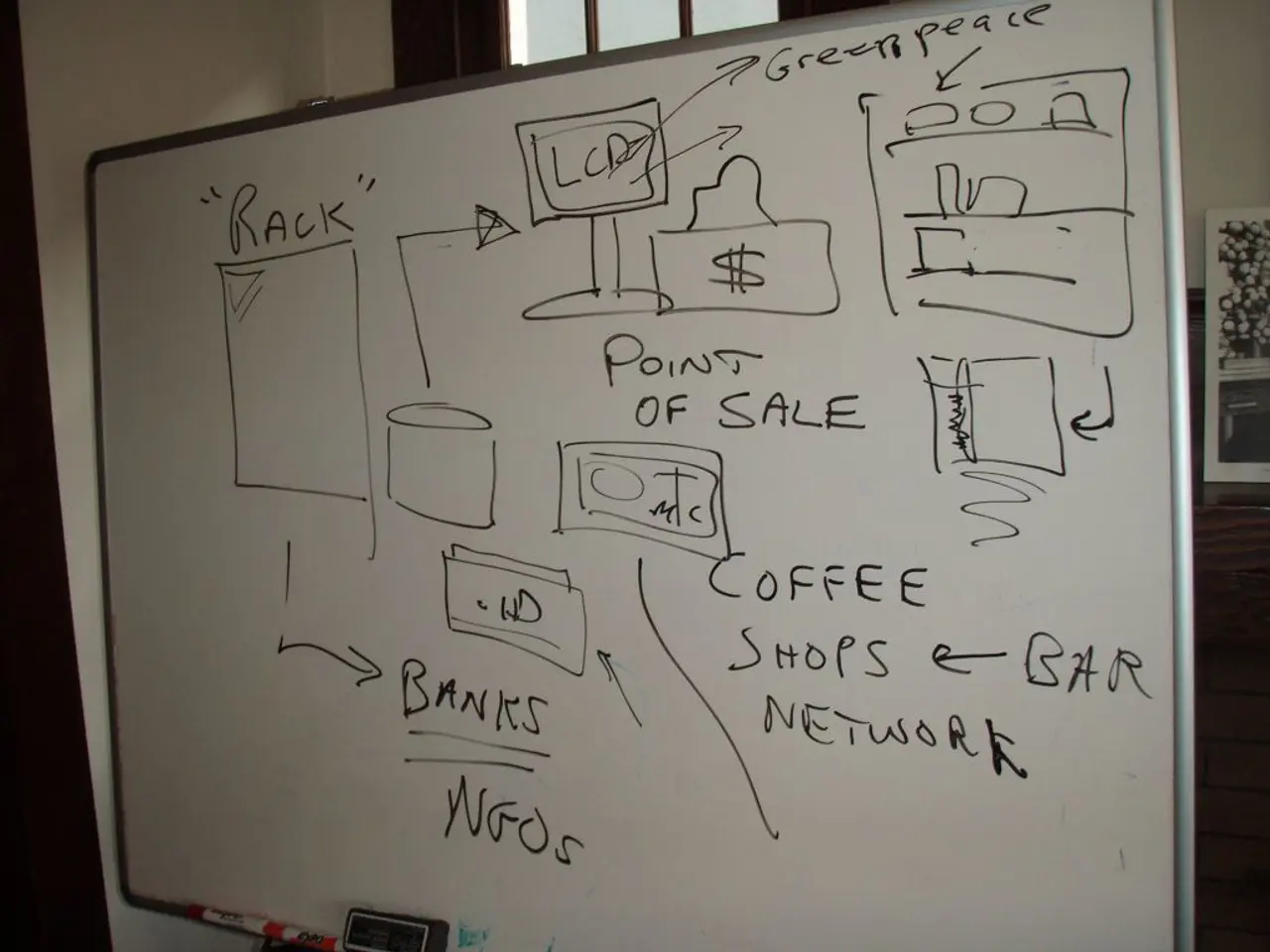Tunisia implements a blockchain-powered credential validation system
Mauritius and Tunisia have joined the growing list of African countries adopting blockchain technology to verify the authenticity of government-issued credentials and certificates.
In Mauritius, when a certificate is issued, a cryptographic proof of the document is scanned and uploaded on the blockchain. A QR code is printed on the document, linking it to a secure digital record. When scanned, the system checks the QR code against the government's database, confirming the document as authentic if it matches. This system, known as eVerify, is built on Singapore's Ethereum-based Open Attestation technology.
On the other hand, Tunisia's blockchain-based system for diploma authenticity verification, like the Verified Arab System for Diploma Authenticity Verification in other countries, secures the information fed to it and retrieves it at the validator's request. However, Tunisia's system addresses concerns about the authenticity of credentials before they are added to the blockchain. Only diplomas issued by authorized education authorities can be uploaded and verified on the blockchain.
The Verified Arab System for Diploma Authenticity Verification, used in several Arab countries, operates differently. It does not validate the authenticity of credentials before they are put on the blockchain. This means that if bad actors tamper with a certificate before it is fed into the system or feed it with fraudulent credentials, the system is blindsided and cannot determine its authenticity.
Mohamed Ould Amar, the director-general of ALESCO, spoke at an event promoting the Verified Arab System for Diploma Authenticity Verification last week. While the system offers benefits in terms of security and transparency, it is crucial to ensure that only genuine credentials are added to the blockchain.
To mitigate risks like fake data being added to the chain, cybersecurity best practices are integrated with blockchain solutions. These include multi-signature approvals and independent attestations, which support the authenticity verification process before credentials are added.
In conclusion, both Mauritius and Tunisia's blockchain systems for verifying government-issued credentials and certificates rely on trusted issuers, administrative validation prior to blockchain registration, and cybersecurity measures to handle concerns about credential authenticity before they enter the blockchain ledger. These measures aim to provide a secure and reliable means of verifying credentials, ensuring that only genuine documents are accepted and verified on the blockchain.
[1] Source: Blockchain Technology in Higher Education – Current Status and Future Prospects
[2] Source: Blockchain Technology Applications in Education
[3] Source: Blockchain and Credential Verification: A New Era in Education
[4] Source: Blockchain for Diploma Verification: Tunisia Leads the Way in Africa
[5] Source: Blockchain Solutions for Credential Verification: A Comprehensive Review
- The integration of blockchain technology in Africa is not limited to Mauritius and Tunisia; it also includes the use of Ethereum-based Open Attestation technology for innovation in credentials verification.
- Artificial Intelligence and machine learning can be applied to analyze and verify the authenticity of blockchain-based credentials and certificates, further enhancing the security measures.
- In light of the Verified Arab System for Diploma Authenticity Verification, education and self-development platforms leveraging blockchain technology should prioritize the prevention of fraudulent credentials from entering the blockchain ledger.
- Blockchain technology, coupled with digital identification solutions, can improve the accessibility and shareability of educational records among African countries, fostering a more connected and collaborative learning environment.
- To advance the application of blockchain technology in various sectors, including education, it is essential to implement secure systems and promote the adoption of best practices in crypto security, thus ensuring a trusted and transparent ecosystem.




